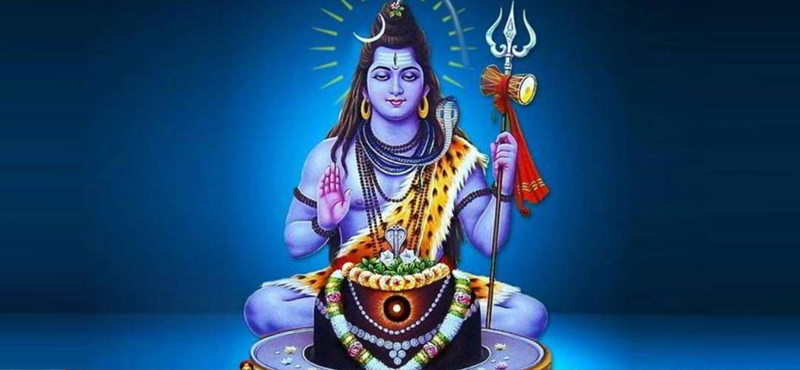
Why Puja is performed to Body parts of Ganesha and what is its Significance?
Blog Description
Lord Ganesha is the only deity who is prayed before starting anything auspicious. With elephant-head, pot-belly and broken-tusk, Lord Vinayaka looks very unusual. However, there is a significant reason behind his peculiar appearance. Every feature and body part of Lord Ganesha has a deep meaning attached to it. Large Ears: Lord Ganesha has large ears, which indicates that he listens to everyone?s prayers. The trait of Lord Ganesha signifies that everyone should listen more and talk less. This is the only way to gain knowledge and wisdom. Small Eyes: The small eyes of Lord Ganesha signify the importance of concentration and attention. It is believed that Lord Ganesha takes good care of his devotees and never leaves them alone. It teaches us to concentrate in order to excel in our work. Also, giving extreme care to the minutest detail is important. Big Head: Lord Ganesha has a big and large head. This head signifies his symbolic wisdom, knowledge, intelligence and clear thinking. It also indicates loyalty and immense power of Lord Ganesha. In the human world, it signifies that it is very important to get past of small thinking in order to achieve big in life. Trunk: The large trunk of Lord Ganesha indicates that high efficiency and adaptability is needed to achieve success in one?s life. There is no shortcut to success. Belly: The large belly of Lord Ganesha indicates that he can digest all good and bad in life. It signifies that one should also learn to take whatever life has to offer ? good, bad, evil, pain, sufferings, happiness and more. Mouse: The mouse is believed to be the vehicle of Lord Ganesha and indicates that he has mastery over all his desires. As Lord Ganesha?s mouse signifies an object that leads a man from darkness to light. Similarly, we humans should ride our desires and not the vice versa. Modak in Hand: The modak or laddoo in his hand signifies the rewards that he gets for the sadhna. Similarly, humans can reap the awards of abundant love, goodwill and prosperity if they work hard to achieve it. Axe: Axe is a tool to cut things! Therefore, the axe in the hands of Lord Ganesha indicates that he is detached from all sorts of bonds. In the modern world, we need to cut all our bonds from evils like anger, greed, among others. Rope in Hand: The rope in the hands of Lord Ganesha signifies his gentle restraint on the mind. This rope indicates that Lord Ganesha can pull his devotees closer to the spiritual path. Tusk: It is believed that Lord Ganesha himself broke his tusk to write the epic Mahabharata. This story highlights that dedication can help in overcoming all forms of dualism. It also signifies that one should stay away from the negativity and focus on his/her goals. Arms: Most of the times, Lord Ganesha is shown with four arms. These four arms indicate the four inner attributes of the subtle body. The attributes are ? Mind (Manas), Intellect (Buddhi), Ego (Ahamkara) and Conditioned conscience (Chitta). Lord Ganesha represents the pure consciousness that enables these attributes to work in our favour. Legs: During the description of Lord Ganesha, one of his legs is raised up and the other one is touching the ground. This signifies that we should have equal contribution to the spiritual and materialistic world. Forehead: Lord Ganesha is shown with a Trishul tika on his forehead. This Trishul represents the weapon of Lord Shiva. It depicts that Lord Ganesha has the mastery over the time (the past, present and future). In the human world, it signifies that humans should utilize the time, as time once gone will never come back. Snake around Belly: It is believed that Lord Ganesha tied a snake around his belly to hold all the modaks back in his stomach. The snake around the Lord Ganesha?s belly or waist represents all forms of energy.



